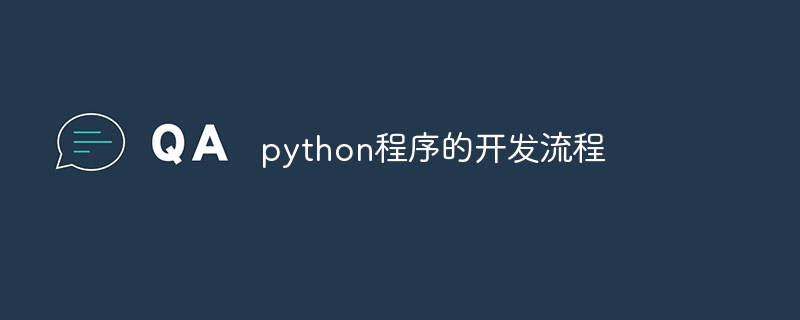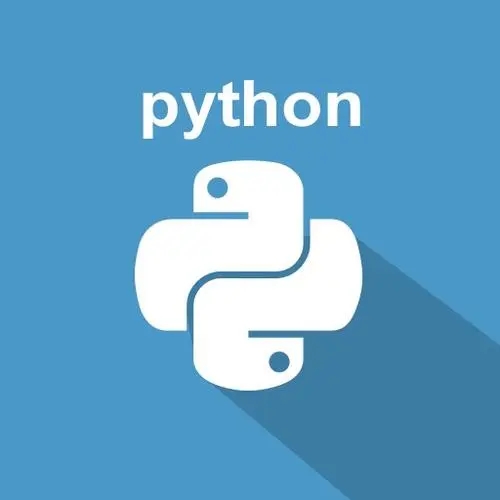Python 程序开发流程包括以下步骤:需求分析:明确业务需求和项目目标。设计:确定架构和数据结构,绘制流程图或使用设计模式。编写代码:使用 Python 编程,遵循编码规范和文档注释。测试:编写单元和集成测试,进行手动测试。审查和重构:审查代码,发现缺陷和改进可读性。部署:将代码部署到目标环境中。维护:修复错误、改进功能,并监控更新。

Python 程序的开发流程
Python 程序的开发流程主要包括以下步骤:
1. 需求分析
2. 设计
立即学习“Python免费学习笔记(深入)”;
3. 编写代码
4. 测试
5. 审查和重构
6. 部署
7. 维护
详细说明:
以上就是python程序的开发流程的详细内容,更多请关注php中文网其它相关文章!

python怎么学习?python怎么入门?python在哪学?python怎么学才快?不用担心,这里为大家提供了python速学教程(入门到精通),有需要的小伙伴保存下载就能学习啦!

Copyright 2014-2025 https://www.php.cn/ All Rights Reserved | php.cn | 湘ICP备2023035733号